In Brief
A new film, Indigenous Early Learning Collaborative: Advancing Community-Based Inquiry and Equitable Early Learning Opportunities for Native Children & Families, documents the work of the Indigenous Early Learning Collaborative (IELC), a program of WKKF grantee Brazelton Touchpoints. IELC is an intellectual home supporting Indigenous early learning and care practitioner communities to collectively build and sustain high-quality, culture- and language-rich early learning opportunities for Native children and families.
Currently, four Native communities in distinct geographical settings are utilizing community-based inquiry to learn what parents, grandparents and inter-generational supportive adults envision for their children. In this type of inquiry, community members become the primary researchers, framing and investigating the questions they find most relevant and ensuring voices of fellow community members are heard. The process affirms that communities are in the best position to identify their own needs and devise solutions.
In IELC’s case, this leads to discovering or re-discovering culturally-based Indigenous approaches to educating the youngest community members. Collaborative partners have found unique needs in each location, which are now guiding the strategies for strengthening early learning systems in four ways:

Wiikwedong Early Childhood Development Collaborative in Michigan’s Upper Peninsula focuses on asking the community to help revitalize language and culture. Children are starting to see their culture reflected in every learning space they enter.
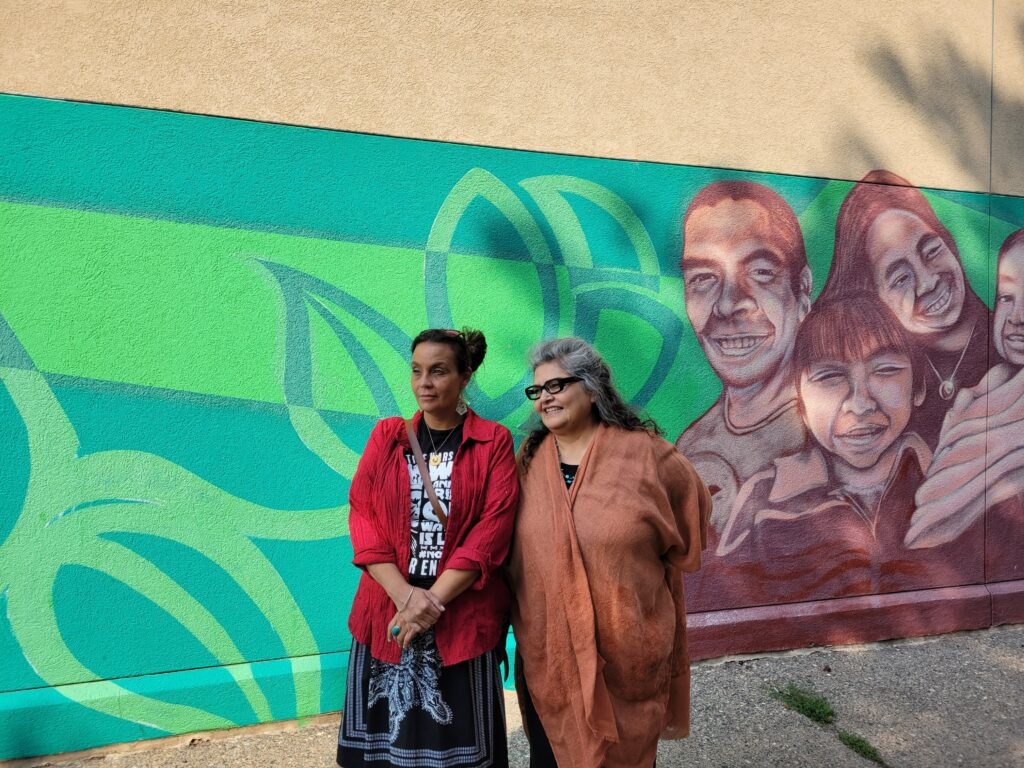
For the Wicoie Nandagikendan Immersion Program in Minneapolis, the community inquiry process led to a focus on finding and developing physical space for their own independent school building and outdoor classroom, as well as interpersonal space for naming ceremonies and intergenerational connection.

In Seattle, Daybreak Star Preschool is developing a land-based curriculum, which includes a year-round outdoor classroom.

Keiki Steps, part of the Institute for Native Pacific Education & Culture, focuses on creating opportunities for educators, parents and children to develop a deep and grounded identity in what it means to be Native Hawaiian.
Why This Matters
“The community-based inquiry process offers an opportunity for Indigenous parents, elders and educators to imagine,” says the collaborative’s project director Tarajean Yazzie-Mintz. “Imagine what the early learning system would be if you built it from scratch. Instead of trying to fix what was broken, taken, stolen or lost, what can we create together for our children?”
The collaborative draws inspiration from Indigenous knowledge systems foundational to guiding wellbeing throughout an individual’s lifespan. This also means employing Indigenous forms of inquiry, utilizing protocols and practices common across Indigenous communities and nations. One traditional practice is to approach learning as an ongoing, cyclical process, which does not have a final destination. In the cycles of the seasons, for instance, winter always leads to spring, then summer and autumn. In a cyclical pattern of inquiry, visioning leads to planning, then action, then reflection. Reflection leads to a refined vision and a new cycle begins. Site coordinators adapt the learning cycle to traditional calendars.
The cycle begins with visioning. “Most Native communities have a time to vision before bringing something into reality,” explains Yazzie-Mintz. “This can happen through ceremony or other ways. Visioning helps everyone be present in collective purpose. You have to have a sense of balance to vision, to set aside the sense of destruction that we experience with all the traumas perpetrated against us and to reconnect with how our Indigenous systems will help us with our journey.”
Planning and implementation follow, working in concert as means of gathering knowledge. One does not necessarily come before the other; they influence each other. “This is a time to speak with elders and knowledge keepers in order to understand our cultural ways of describing early childhood development and the role older generations play in the lifespan of a person,” Yazzie-Mintz says.
Reconnecting to Indigenous ways of visioning, learning, generating knowledge and implementing change revitalizes educators’ connection to their culture, which, in turn, influences the way they connect to children.
“The intergenerational adults who do the caring of children, “says Yazzie-Mintz, “have to be balanced, strong, visionary, creative and have a love for learning in order to help rear children to have the same. The inquiry process helps reground educators and caring adults and relatives into these strengths.”
The Opportunity
The Indigenous Early Learning Collaborative offers a coordinated effort to weave together systems historically separated. For instance, in one setting, Head Start programs merge with language immersion, so children and parents experience a smooth transition from home care to educational settings. At the same time, integrating Indigenous ways into creating and strengthening early learning systems deepens relationships across communities in support of children.
“There is an Indigenous way to do this work,” Yazzie-Mintz points out, “For teachers to know you can be your full Native self and do this work, they realize they have the power in their hands to change the world.”

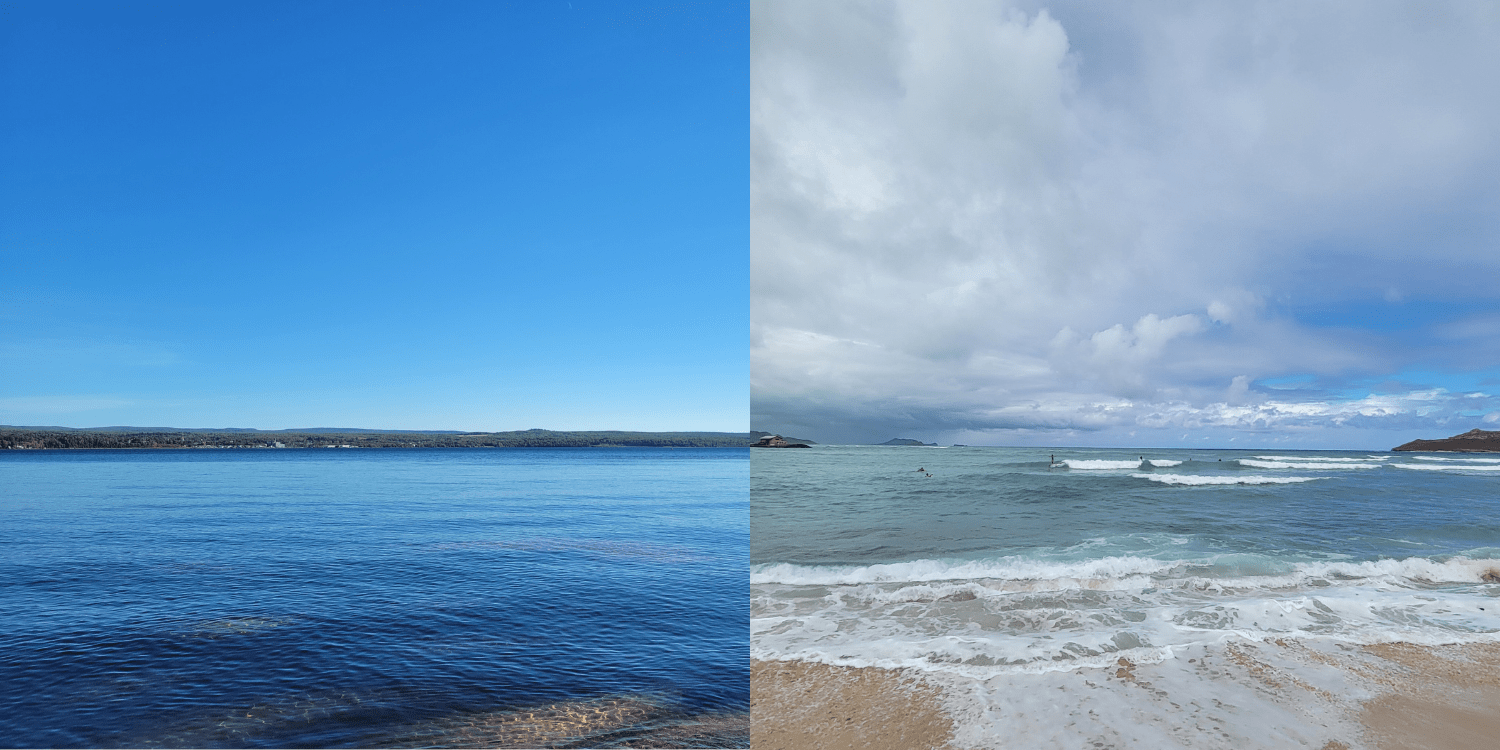
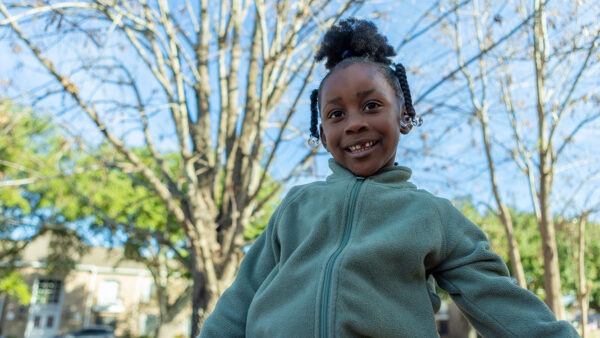
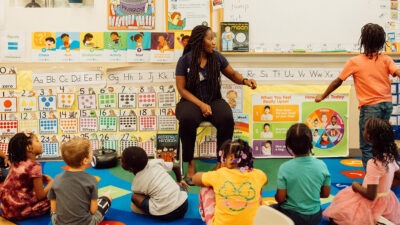

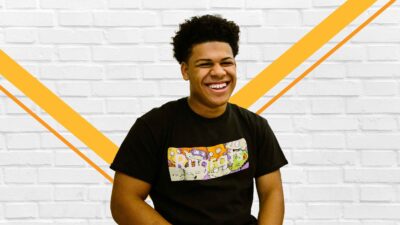
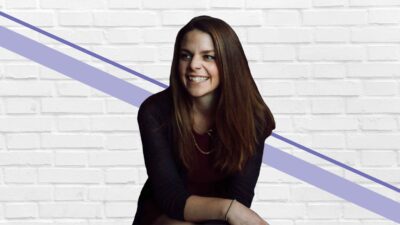

Comments